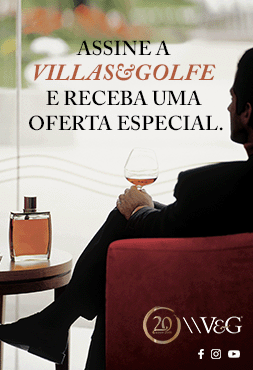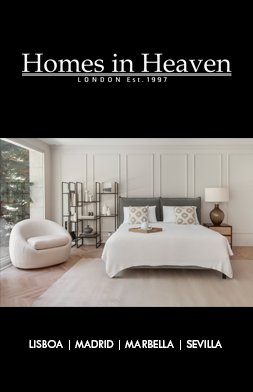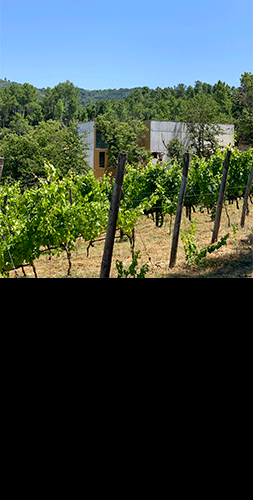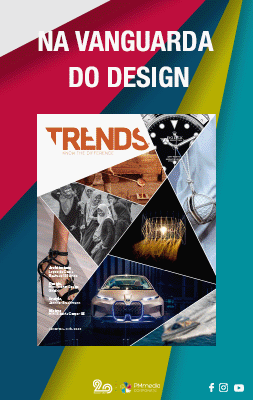You have a degree in architecture. Since you first started your profession, what has the challenge been like up to the present day?
Since I graduated in architecture, and after brief experiences in other studios, I have been working on projects that I have created. It has been more than 30 years of ongoing and intense activity, with a considerable amount of work constructed. When I graduated, the world of «architecture» projects was dominated by engineers, draftsmen and other curious people. Architects had a small share of these projects. They said architects were expensive, annoying and stubborn. So, for anyone who wanted to do architecture, it wasn’t easy to make a start in that context; they had to overcome other obstacles. Even so, I’m not complaining. Difficulties make us stronger. Although our work today is increasingly recognised, it was not always appreciated that much, neither by people, entities nor the media, which reacted more negatively to a contemporary and refined architecture. At the time, I was sad and hurt. Today, I accept and understand the difference of opinions and that there is a certain resistance to what is new. In fact, it has always been like that. The velhos do Restelo [Camões’ much-cited ‘pessimists’] are part of our history.
Many of your projects are in the Algarve, where you come from. We are talking about one of the country’s regions where luxury real estate is most prominent. How challenging has it been to develop projects on this scale?
I work for different market segments, but also for different scales and sites. But, in a natural way, opportunities have come up to work in several developments and detached private houses, where we have been given the conditions to carry out quality projects, done with rigour and great dedication, which should be normal in our profession. In detached private residence projects, the greatest challenge is to satisfy our clients and their expectations, the greatest of which is to make their dreams come true. It is a very personalised process, which involves a vast work team and the direct involvement of the client, from the first conversation to the end of the work. The client ends up becoming part of the project team and normally does so with great satisfaction and enthusiasm. At the end of the work, I always feel a mixture of pride and dissatisfaction... being left with the feeling that something could be improved. It is that innocent and incessant search for perfection that makes us believe and work passionately to create better places and make people happier. But the best of all is when, after construction, we see that sparkle in our clients’ eyes, which tells us the sincerity of their appreciation for our work and gives us peace of mind, because we are moving our architecture into a new phase: to be lived in. They will continue the process, adjusting to the building and adjusting the building to themselves. So that they live and age well. Them and the building. And in that way, our work made sense.
Looking at the current real estate and construction market, can you identify which region will have the greatest potential for growth in Portugal in the coming years?
The regions with the greatest potential for growth are the ones that are already growing the most. Growth attracts more growth, leading to greater asymmetries. This growth will put pressure on the most attractive areas on the coast and, consequently, will cause a desertification of the remaining regions. This will cause serious problems in land-use planning and resource management.
We need development, not growth. Development in a balanced way, in time and space, with respect for places and people. Which is unlikely to happen without there being a strategy, a direction, a purpose for the medium and long term. This has to come from those who decide. And what happens is that those who govern us and have governed us do it in a random, disjointed and simplistic way to solve political and electoral agendas.
For example, while using local accommodation as a scapegoat, the government is conveniently concerned about the cost of housing. However, it obliges all municipalities to eliminate their developable areas from their PDMs [Regional Development Plans] by the end of 2023. However, the reduction of developable areas will result in a lower supply, with an increase in the cost of land and, consequently, in the cost of housing. This is yet another empty measure, to respond to the growing protests over the cost and lack of housing. But can we reduce the cost of housing by reducing the supply? I don’t think so.This serious housing problem is not a one-off or circumstantial problem, but the result of a wider framework, which is not confined to Portugal. That is why it is important to define an appropriate strategy, in terms of population dynamics, migration, accessibility and spatial planning, so that regions, cities and places can develop in a more balanced and fairer way. If there is no more or less decent housing for everyone, there will be no development for anyone. But let it be done in an open and never restrictive market economy, sustained by investment, to create well-being for all.
«At the end of the work, I always feel a mixture of pride and dissatisfaction... being left with the feeling that something could be improved»


















